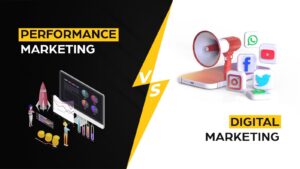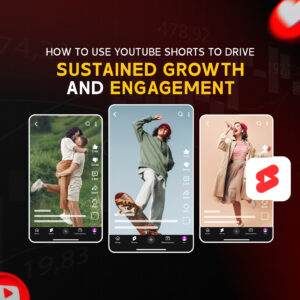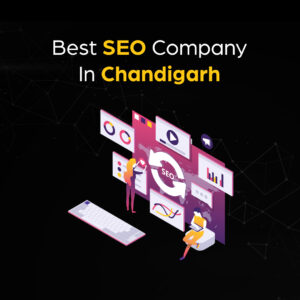Just a few years ago, virtual reality (VR) seemed like a far fetched term that only existed in sci-fi movies. Fast forward to 2017, the dream of a virtual world is a reality now.
You can find VR in video games, movies, social media, home automation, automobiles and every possible place you can think of. Step into any technology store, and you can probably catch a glimpse of how swiftly virtual reality is taking shape.
Products and services dedicated to the use of virtual reality have already been developed and are selling like hot cakes. VR games like Pokémon Go took the world by storm when it was released to the mobile-gaming market in 2016.
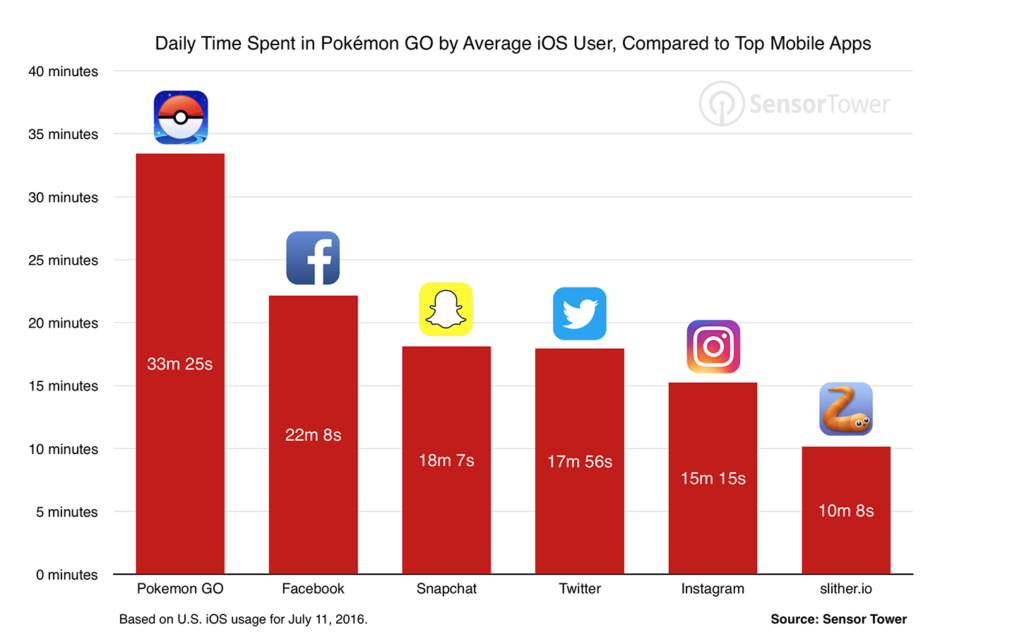
Big guns of technology like Samsung have created VR-gaming headsets you can instantly connect to your phone whereas Oculus Rift creator Facebook has even created a virtual reality social media platform.
This explosion in growth for VR is good news for marketers. New marketing platforms and tactics don’t come around often. But when they do, you need to be one of the first companies to jump on board if you want to succeed.
So let us take a dive into this virtual world of technology and learn how we can take advantage of this new, growing platform.
What is Virtual Reality?
Have you ever watched a football game and seen the yellow line that highlights the distance between the ball and the first-down mark? What about when a tennis player challenges an “out” call and we see a line pivot toward the mark and a dark circle that marks the spot? These are examples of the first uses of virtual reality. Some date back almost 20 years
So what exactly is virtual reality?
Essentially, virtual reality is a computer-based simulation of an interactive environment. It feels real and physical by using electronics like headsets, glasses, and phones. The viewer controls the environment and has the power to look around at any scene as well as potentially interact with the objects present within.
With all these new features, it’s no wonder the virtual-reality market is seeing explosive growth. In fact, current global virtual-reality revenues are hitting the $7-billion mark in 2017.
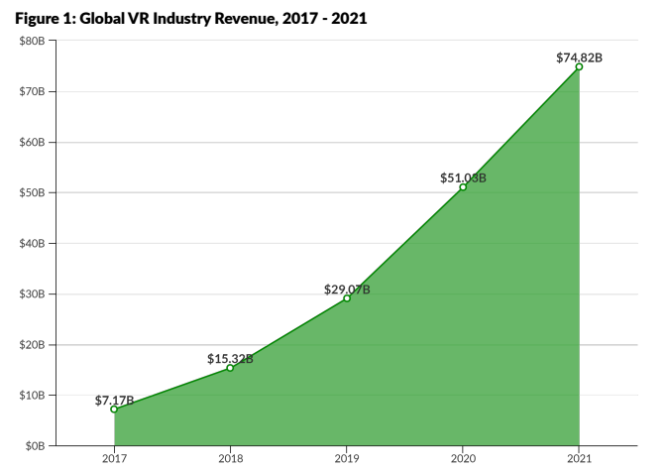
The market for virtual reality is expected to see a huge growth in users, reaching a new high of 250-300 million by 2020. As more companies produce more products and ways to consume virtual content, the user base will continue to grow. As per Global Web Index, more than two-out-of-five people between the ages of 16-and-34 are interested in VR headsets.
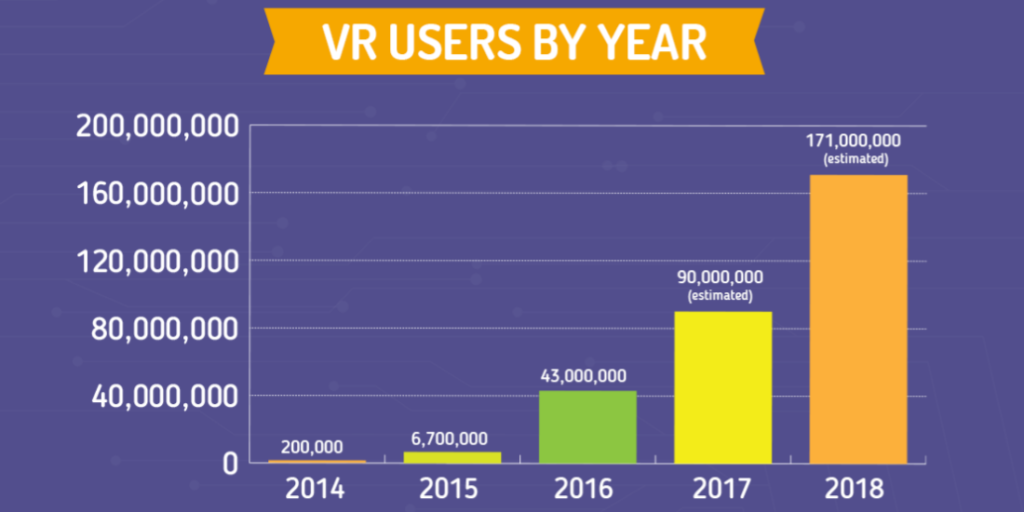
Why Brands Should Invest in Virtual Reality Marketing
Now that we know why virtual reality is exploding, here are 3 ways it can transforming the marketing game for your brand.
#1. Drives Emotion Engagement
It’s no secret that emotions are a big factor in driving marketing engagement. Just look at storytelling for example. People love hearing stories and connecting them to real-world applications like growing your business.
Storytelling is powerful and it can drive big conversions for one simple reason: people resonate with it. They get emotionally attached to it. And according to Nielsen and YuMe’s 2016 study, virtual reality does exactly that.
Virtual-reality study participants were more engaged when compared to other platforms of content consumption. These participants were actually in a highly engaged state for 50% of the experience, whereas video content only kept them engaged for 34% of the experience. That’s not all! Virtual reality drove a 17% higher emotional response than video and a 27% higher response than 2D.
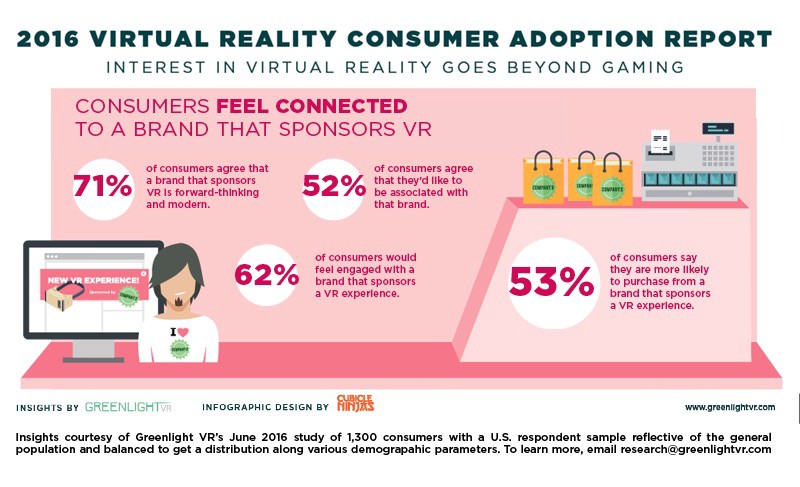 Overall, virtual reality drove higher engagement and emotional response than any other platform it was tested against. And that’s great news for marketers. Emotion-based marketing is a powerful method of connecting people to your brand in ways that traditional product-based ads can’t.
Overall, virtual reality drove higher engagement and emotional response than any other platform it was tested against. And that’s great news for marketers. Emotion-based marketing is a powerful method of connecting people to your brand in ways that traditional product-based ads can’t.
#2. Expand your Content Marketing
Virtual reality opens the doors to more interactive, creative, and engaging content. With almost limitless possibilities, VR will change marketing by altering the content marketing game.
One of the best examples of this comes from Ikea. The DIY home furnishing store utilized virtual-reality marketing tactics to bring in tons of new sales. They do all of this using their iPhone app called “Ikea Place” and use the application to test different pieces of furniture in your own home.
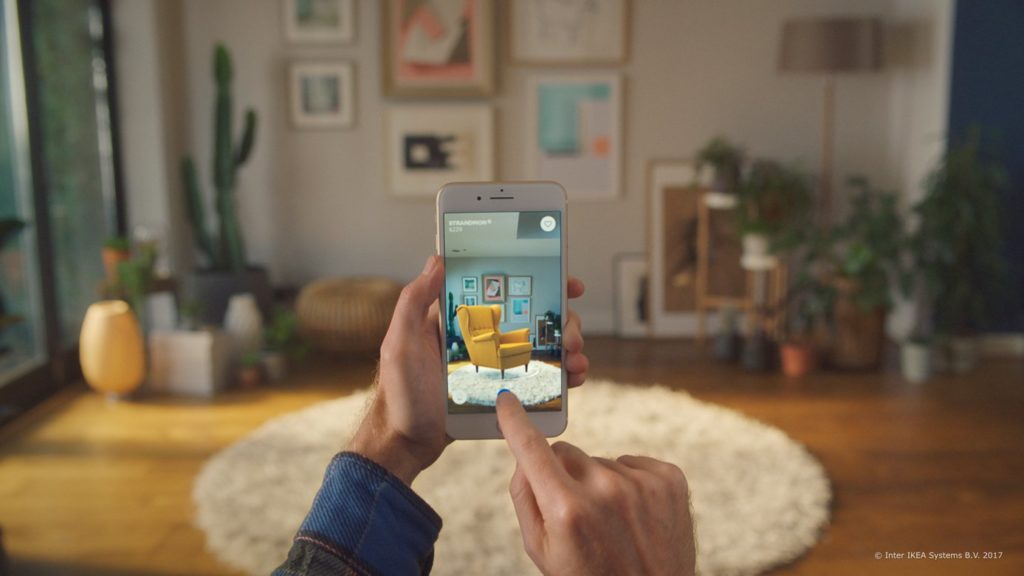
This is content marketing on dope. Instead of blogging about home-design features, you can actually get your consumers to enjoy testing your products for free instead of having to convince them with blog posts.
#3. Use Immersive Storytelling in Advertising
According to Tech Crunch, long-term business models of virtual reality will focus on the following revenue centers:
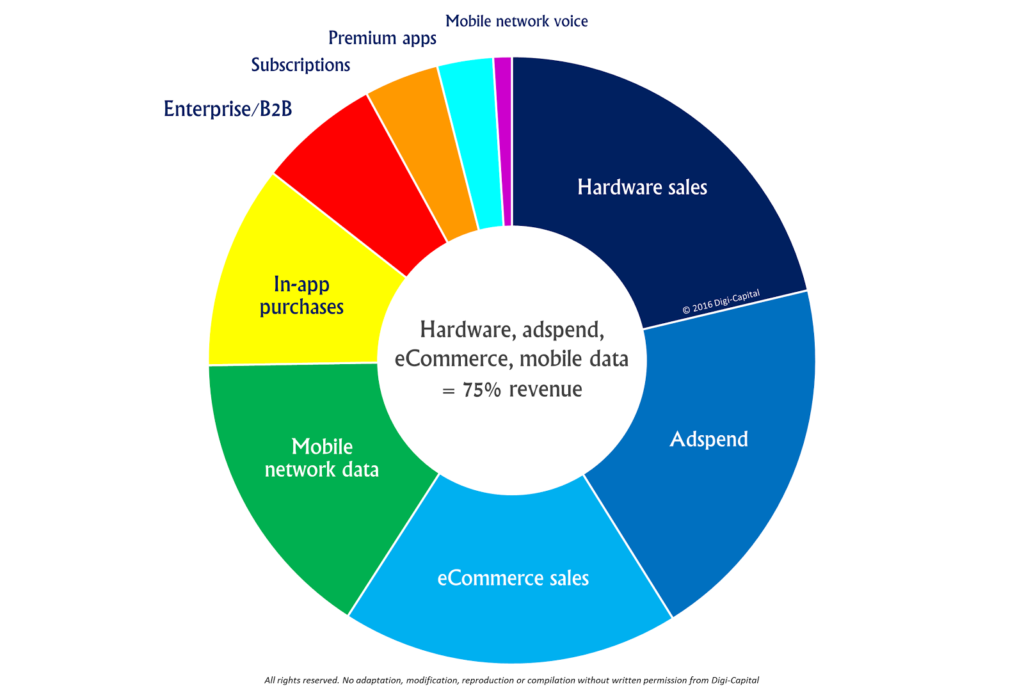
One of the biggest revenue drivers of the VR industry will focus on ad spend. Pokémon Go is a prime example of how virtual reality is impacting the future of advertising, big time!
Pokémon Go brought a new level of advertising to play. Instead of buying ads on Facebook and Google, the game made brands buy ad spaces on the platform.
Brands can buy ad slots called ‘Lures’ on the app and may also choose to promote their brick and mortar stores as ‘PokeStop’.
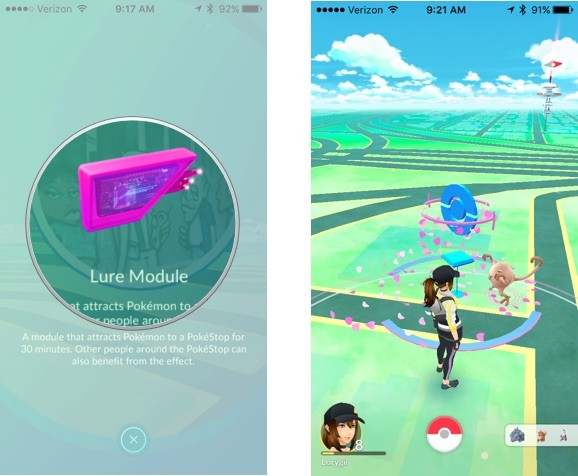
This innovative method of brand promotion helped businesses not only drive traffic to their physical stores but also boosted their consumer engagement online.
A New York based grocery store, Miscelanea, basked in the popularity of Pokemon Go to make their brand a household name among its local customers.
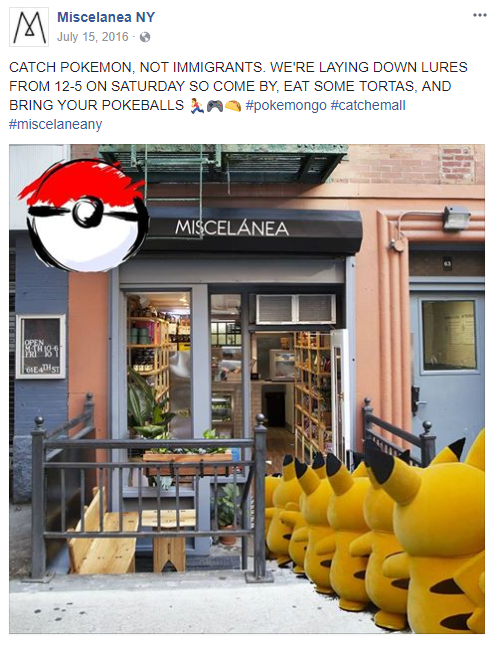
Using current situations coupled with tiered rewards, the shop saw a spike of 1600% in their page likes and 3X more walk-ins in their store.
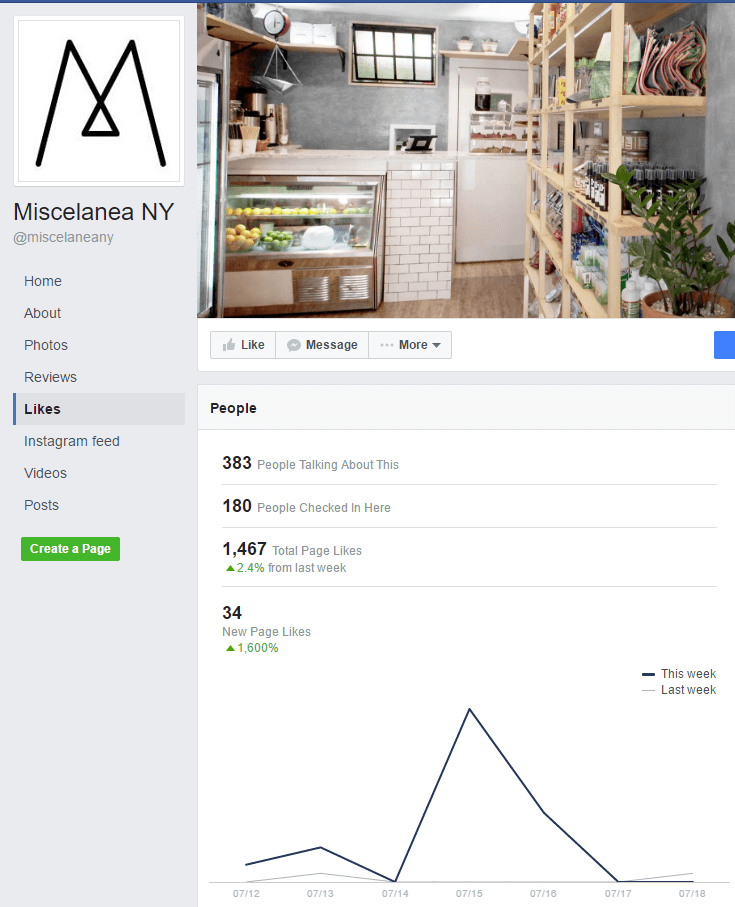
The Virtual Reality Marketing Arena in a Nutshell
Virtual Reality has proven to be one of the most innovative technologies we have seen in the past decade. All types of brands, products, services, and platforms are grabbing onto this growing trend. The best part: Consumers are loving it!
Looks like Virtual Reality is here to stay for a long haul and will soon be the marketing hero we all were looking for.
How is your brand preparing to onboard the virtual reality wagon? Let us know in the comment section below!
